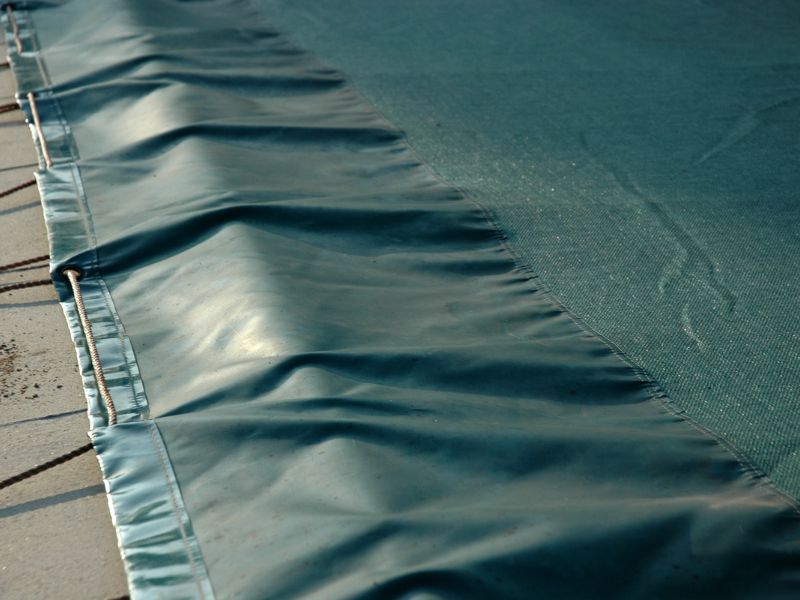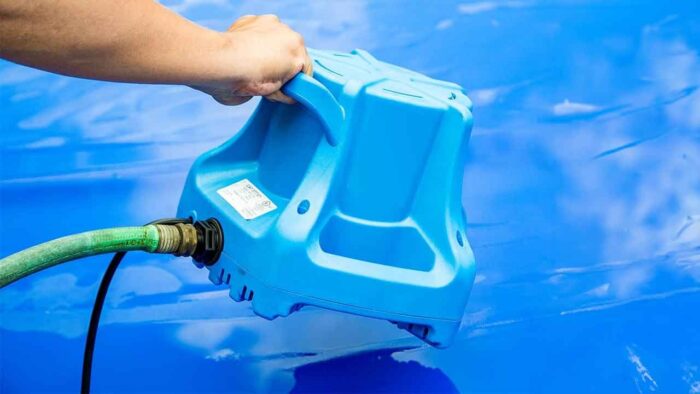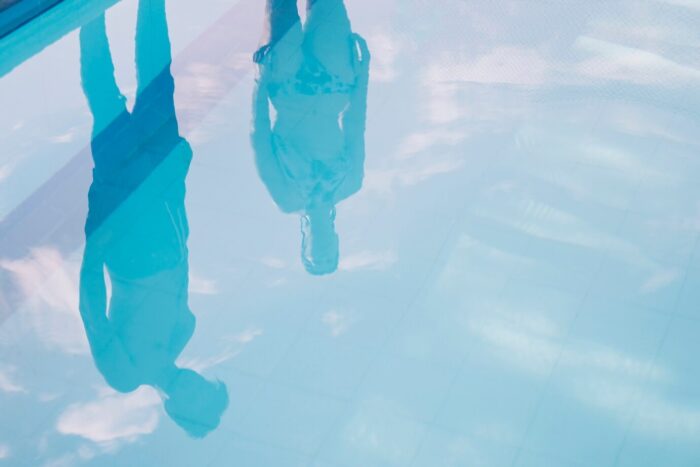
Winter can be harsh, and if you want your pool to last through the cold months, you need to protect it correctly. Preparing it for the winter months involves more than just throwing a cover over the top. Following the right steps ensures that it will be in excellent condition when you reopen it next season. Avoid costly repairs by covering it properly.
Clean the Pool First
Start by thoroughly cleaning the entire pool. Leaves, debris, and dirt can cause problems if they remain during the winter. Use a pool net or skimmer to remove any large debris. For smaller particles and dirt, a vacuum can help. Taking care of this step prevents dirt from contaminating the water over time.
Algae growth also becomes less of a problem if the water is clean before you apply the cover. Brush down the walls and floor for extra protection. Any remaining grime will only get worse in colder weather.
Balance the Water Chemicals

Balanced water is essential. Test the pH, alkalinity, and calcium hardness levels before doing anything else. Add the necessary chemicals to reach the recommended levels. This ensures that the water remains stable throughout the winter, preventing damage to the liner and other parts.
Applying a winter chemical kit can give you extra peace of mind. It includes algaecide, chlorine, and a clarifier to help maintain the water’s cleanliness and chemical balance during the winter.
Lower the Water Level
Before installing the cover, lower the water level to the recommended height. This step depends on the type of cover you plan to use. For solid ones, you should lower the water just below the skimmer. For mesh ones, the level can be slightly higher.
Lowering the water level helps avoid damage caused by freezing water, which can expand and crack the sides. Always ensure that you follow the manufacturer’s instructions regarding water levels.
Use a Pool Cover Pump to Drain Water

Once you install the cover, you may need a pool cover pump to remove accumulated rain or snow. A good pump keeps the cover free from excess weight, preventing it from sagging or tearing. If left untreated, accumulated water can damage the cover and strain its anchor points.
Pool cover pumps help anyone using a cover, especially in areas with heavy rainfall. These pumps remove water, debris, and snowmelt that gather on top, preventing damage. They also make it easier to keep your pool in good shape for the next season. Without a pump, excess water can weigh down the cover, causing tears, sagging, and reducing its durability.
Install the Winter Cover Correctly
Choose a winter cover designed specifically for your pool. Solid and mesh options exist, with each serving different purposes. Solid ones block out all debris, light, and water. Mesh ones allow water to seep through but stop debris.
Once you choose the cover, make sure it fits snugly. Follow the manufacturer’s guidelines. You must secure the edges tightly to prevent it from blowing off in windy conditions. Some covers come with water bags or anchors that help hold them in place.
A poorly fitted cover will shift and move around. It leaves the pool exposed to debris and potential damage. Take your time to ensure it fits correctly and securely.
Store Your Equipment Safely
After covering the pool, focus on the equipment and accessories. Remove ladders, diving boards, skimmer baskets, and any other attachments. Store them in a dry and secure location.
Pool pumps, filters, and heaters need protection from freezing temperatures. Drain the water from them, and either store them indoors or cover them with specialized winter covers. Proper storage extends their life and reduces the need for replacements.
Inspect Everything Before Winter Starts

Once you’ve completed the process, double-check everything. Walk around the pool to ensure the cover is secure. Look at the edges to ensure they’re tight. Check the water level again. Ensure that the chemicals are balanced.
If you notice any issues, fix them right away. Waiting could result in damage over the winter months. A final inspection will give you peace of mind before the cold weather hits.
Final Thoughts
Following each step carefully will protect your pool over the winter. Neglecting any part of the process could result in costly repairs when the season ends. Proper cleaning, balancing chemicals, lowering the water, installing a winter cover, and inspecting everything helps ensure the pool stays in good condition. Keep your equipment stored properly and inspect everything before winter starts.
By sticking to these steps, you can avoid future problems and keep the pool ready for use next summer.














